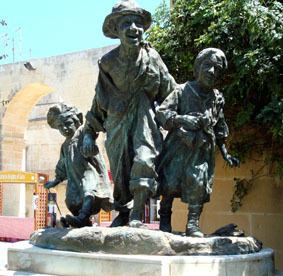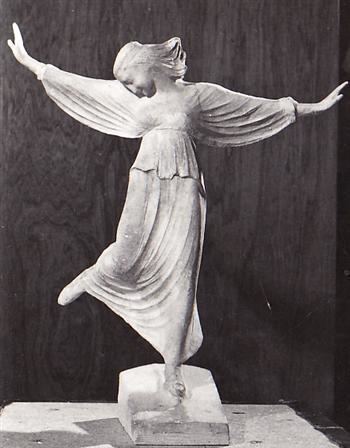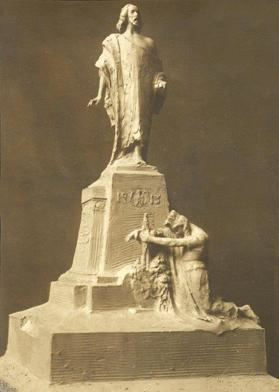Name Antonio Sciortino | ||
 | ||
Books Antonio Sciortino: Monuments and Public Sculpture : Catalogue of the Exhibition Inaugurated at the National Museum of Fine Arts on the 19th December 2000 by H.E. Prof. Guido de Marco, President of Malta | ||
speed ta antonio sciortino se titgawda mill pubbliku
Antonio Sciortino (Ħaż-Żebbuġ, 25 January 1879 – 10 August 1947) was a Maltese sculptor whose work reflects several artistic movements, including Realism and Futurism, as well as the influence of Auguste Rodin. He studied and worked in Rome. He developed an original style which drew the admiration of many and brought him commissions in Russia, Brazil and the United States. Sciortino was a director of the British Academy of Arts in Rome (1911–1936), and from 1937 until his death he was a curator in the Malta Museum of Fine Arts.
Contents
- speed ta antonio sciortino se titgawda mill pubbliku
- L iskultur maghruf malti antonio sciortino
- Biography work and style
- Chronology
- References
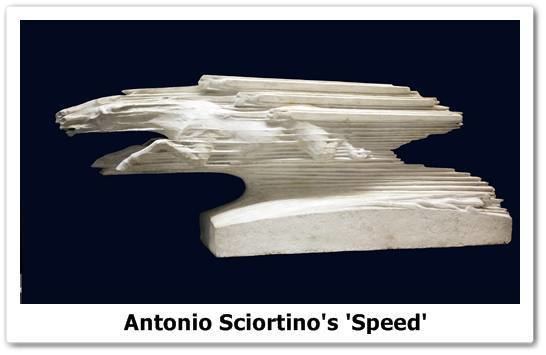
L iskultur maghruf malti antonio sciortino
Biography, work and style
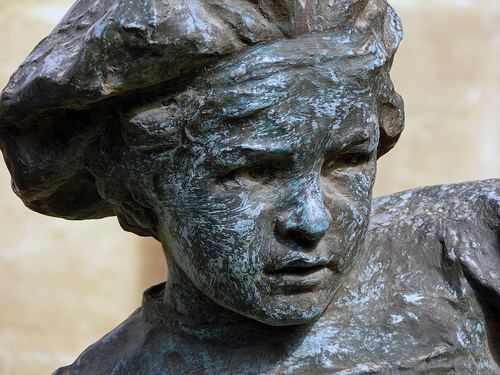
From childhood Antonio Sciortino showed a tendency towards sculpture, and his aunt Vittorine Sciortino encouranged him to follow this tendency. Encouragement also came from Lazzaro Pisani who was an established painter in Malta. It was this encouragement which caused Sciortino to enroll in the School of Art in Valletta where he studied for two years. The Strickland family helped Sciortino to obtain a government grant attend a course in Rome, at 22 he went to continue his studies in art.
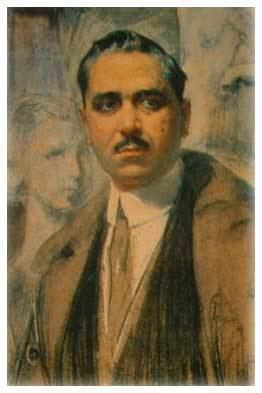
In Rome, he studied in the Istituto Reale di Belle Arti where for two years he studied engineering and monumental architecture. After earning a diploma with distinction, he opened an art studio in via Margutta 33 in the heart of the Roman artistic tradition. Here Sciortino decided to free himself from imitative tradition and develop a personal style. The Philosopher (1902) is a work of artistic study with which Sciortino established a reputation as an original artist and which drew the attention of many art critics. This sculpture, along with another known as Testa di Vecchio were shown in an exhibition with the name Promotrice di Roma.
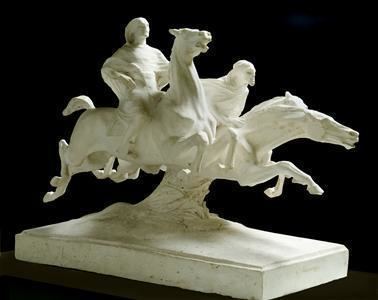
With the statue Studio di Donna (1904) Sciortino withdrew from the prevailing habit of representing the female figure in the way inspired by the Greeks. In the same year Sciortino worked on Les Gavroches, a work which continued to improve his reputation. Depicting three poor children, the bronze statue is inspired by the Victor Hugo novel Les Miserables, in which Hugo describes the life of three poor street urchins living in the streets of Paris in the time of the French Revolution of 1848. This statue was brought to Malta in 1907 and is considered to be Sciortino's first masterpiece. The mould of the statue is today found in Buckingham Palace, a gift which the Government of Malta gave to Princess Elisabeth in the name of the Maltese people when she visited the islands in 1951.

Asked how to say his name, he told The Literary Digest it was shore-TEA-no. (Charles Earle Funk, What's the Name, Please?, Funk & Wagnalls, 1936.)
Chronology
